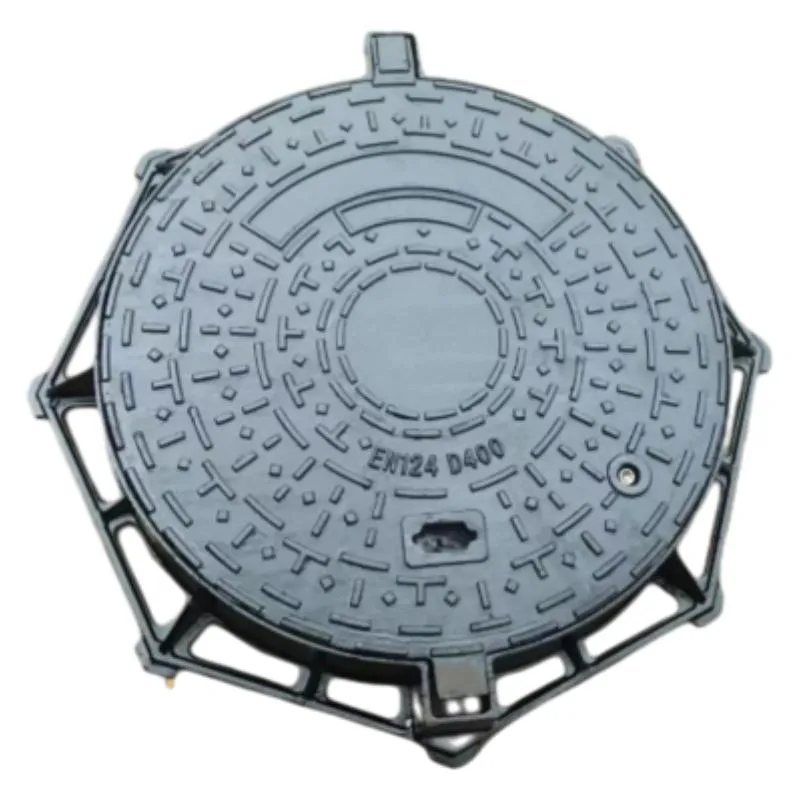What’s Underneath a Manhole Cover?
What’s Underneath a Manhole Cover?
You pass them every day on the street but have only just asked yourself what they do. What’s beneath those manhole covers? Why are there so many? What purpose do they serve? In this article, we’ll walk you through:
- The definition and purpose of manholes
- The anatomy of a manhole
- Types of manholes based on depth
- Types of manholes based on material
What Are Manholes?
Manholes are holes in the ground that provide access to utilities like sewers. They exist in a variety of different depths and materials but are mainly used to allow professionals to access utility lines in case of issues like flooding.
What is the Purpose of a Manhole?
When utilities, particularly our plumbing system, began to be built underground over 100 years ago, plumbers and utility professionals knew that they would still need a way to access those systems if something were to ever go wrong. Thus, a manhole is a person-sized hole that allows a closer look at a sewer or utility line.
Features and Designs of Manholes
There are several components of a manhole. A manhole cover rests on top of the manhole opening to provide a heavyweight, secure barrier between the hole itself and the outside world. (Manhole covers serve many other purposes, too—check out our article on manhole covers for more information.)
If you remove the manhole cover and try to enter the opening, the first part you’ll come across is the access shaft, which is simply the opening of the hole itself. In circular holes, it will start out narrow and then slope out as you travel downward. You might come across a ladder if the manhole is deep enough.
The main part of the manhole is the cleaning and inspection chamber. The bottom part of the manhole is an inverted chamber, which is designed to prevent the backflow of sewage through the system.
Round Manhole Cover EN124 Standard Class D400 Loading Capacity 40 Tons
Types of Manhole Depths
There are three types of manholes based on how deep the hole is. Manholes can also be classified based on the type of material they’re made out of, which we’ll go over as well.
- Shallow - A shallow manhole is anywhere from 75 to 90 centimeters deep. These manholes fit pipes up to 900 millimeters in diameter. They are usually rectangular and are constructed in residential areas away from heavy traffic.
- Normal - Normal manholes range in depth from 90 centimeters to 150 centimeters. Some definitions state that normal manholes can be as deep as 200 meters. These manholes are usually square.
- Deep - A deep manhole is deeper than 150 centimeters, or about 5 feet (alternate definitions say deep manholes are deeper than 200 cm). Because of its depth, this type of manhole also comes with a very heavy cover.
Types of Manhole Materials
Most people are familiar with the heavy, circular, metal- or brass-looking manhole covers that dot sidewalks and streets. But not all manholes are created equal! In addition to having different shapes, manholes can also be made out of different materials.
- Plastic - Despite the imagery that might come to mind when envisioning a plastic manhole, these products are extremely resistant to corrosion. They are lightweight, inexpensive, and can withstand natural elements.
- Concrete - Concrete manholes are a very popular option because of their durability (their estimated lifespan is 100 years!), uniformity, and ease of installation. Concrete manholes are cast off-site and assembled at the site of installation.
- Fiberglass - Fiberglass manholes allow for additional features in their design, like covers and separation units for stormwater.
The manhole cover that sits on top of the entrance can also come in a variety of materials. The most common materials you’ll find today are cast iron, concrete, or a combination of both. Other manhole covers can be made out of plastic or fiberglass and can also be combined with metal or concrete.
Manhole Placement
Have you ever wondered why manholes are in certain sections of the street or sidewalk? Cleverly, utility planners and urban designers created rules around where manholes can be placed so as not to cause unnecessary wear and tear to the manhole cover.
Most manholes are placed half a meter away from the street. This keeps the manhole out of the wheel line of traffic and makes it more accessible when people do need to take a look at the utility system through it.
-
The Smarter Choice for Pedestrian AreasNewsJun.30,2025
-
The Gold Standard in Round Drain CoversNewsJun.30,2025
-
The Gold Standard in Manhole Cover SystemsNewsJun.30,2025
-
Superior Drainage Solutions with Premium Gully GratesNewsJun.30,2025
-
Superior Drainage Solutions for Global InfrastructureNewsJun.30,2025
-
Square Manhole Solutions for Modern InfrastructureNewsJun.30,2025
-
Premium Manhole Covers for Modern InfrastructureNewsJun.30,2025

